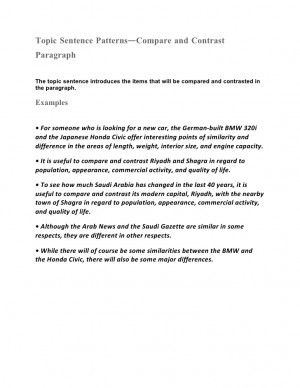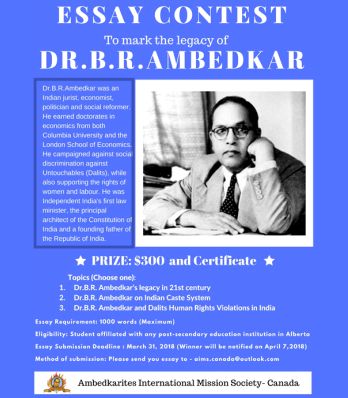Motor disorders Overview - Royal College of Speech and.
Verbal apraxia is a motor speech planning disorder. This individual does not have any facial weakness. A person with verbal apraxia is aware of the words they want to say, but have difficulty with planning and coordinating the muscle movements for speech production. Writing is not typically affected if a person is suffering from verbal apraxia only but may be present if a limb apraxia has been.Motor speech disorders include two primary categories, apraxia and dysarthria. In order to produce speech, every person must coordinate a range of muscles and muscle groups, including those controlling the larynx with the vocal cords, the lips, the tongue, the jaw and the respiratory system.Motor Speech Disorders are impairments in one or more of the motor processes that underlie speech. It is only recently that there has been emphasis placed on speech as movement and that research has focused attention on motor speech disorders in children. Motor learning theory is complex, and there are several levels of control that are discussed in the literature. Children may exhibit motor.
If you are visiting our non-English version and want to see the English version of Motor Speech Disorder, please scroll down to the bottom and you will see the meaning of Motor Speech Disorder in English language. Keep in mind that the abbreviation of MSD is widely used in industries like banking, computing, educational, finance, governmental, and health. In addition to MSD, Motor Speech.Apraxia of speech is a motor speech disorder in which motor function is intact, but the neurologic mechanisms for planning and programming the motor speech sequences are impaired. Stroke is the primary cause of motor speech disorders in adults, and there is a high incidence and prevalence of stroke in nonmainstream cultural groups. Yet, until recently, literature on the impact of cultural and.
Developmental co-ordination disorder (DCD), also known as dyspraxia, is a condition affecting physical co-ordination. It causes a child to perform less well than expected in daily activities for their age, and appear to move clumsily. DCD is thought to be around 3 or 4 times more common in boys than girls, and the condition sometimes runs in.












